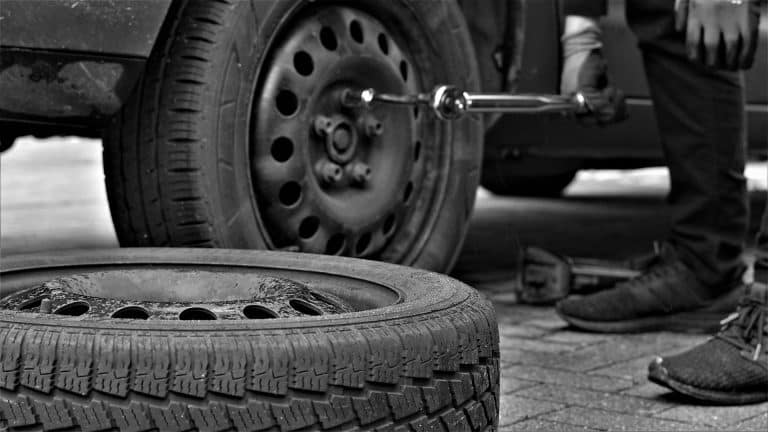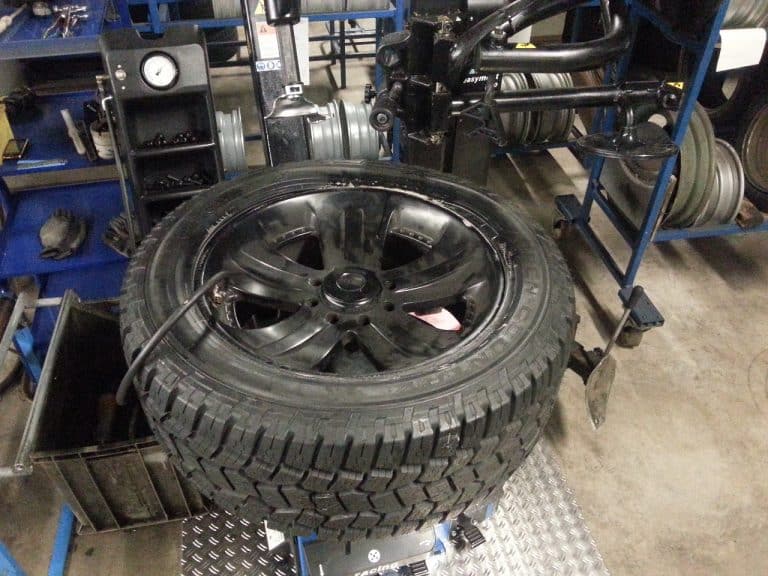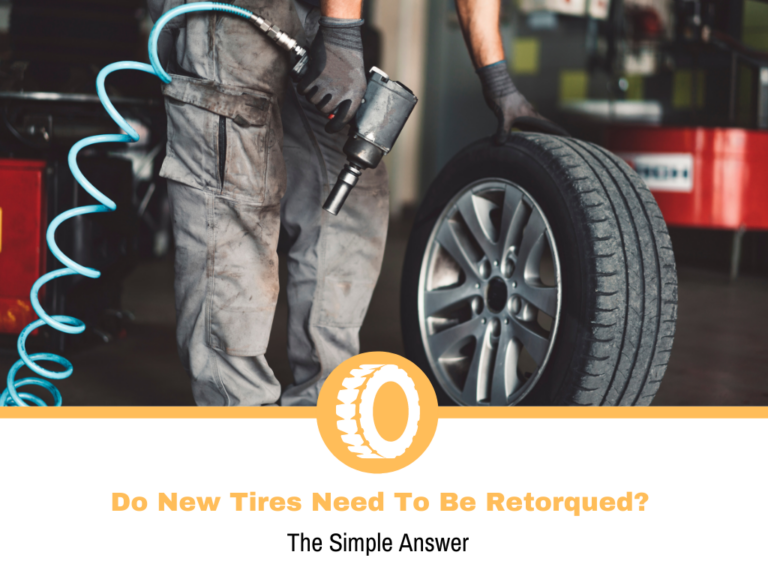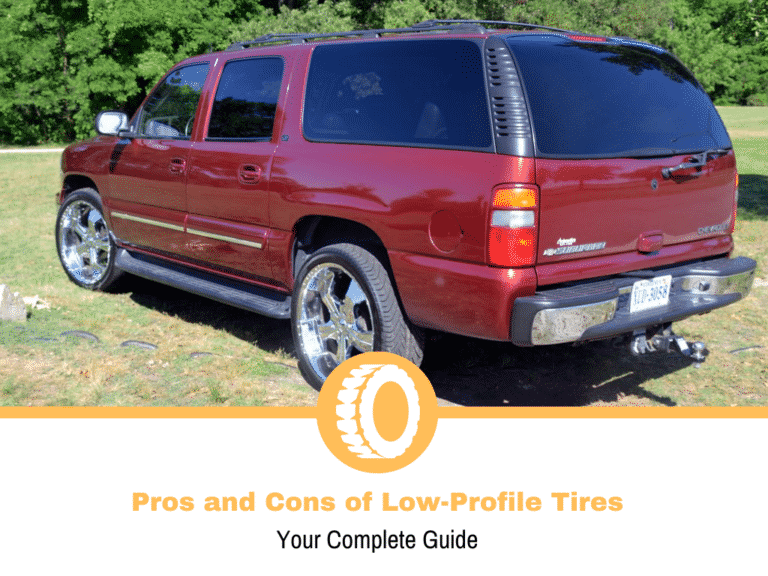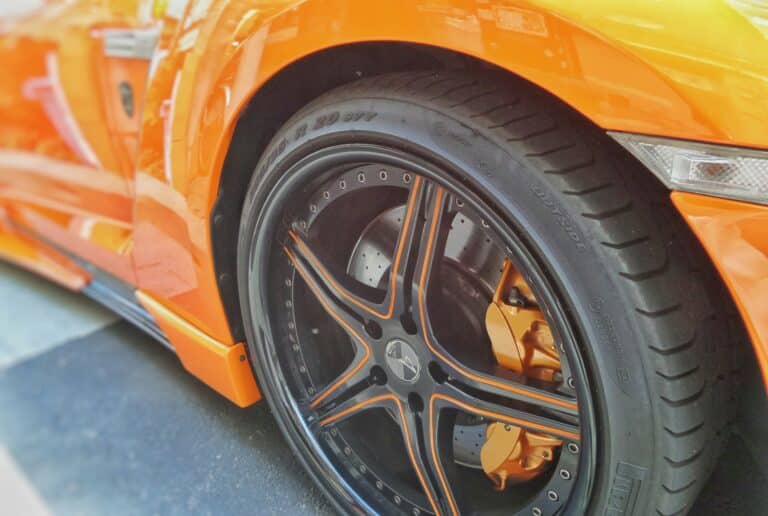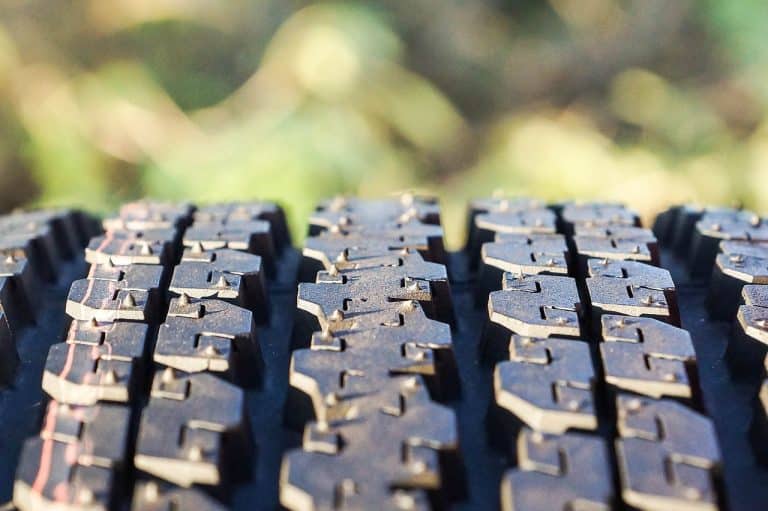When is the best time to buy tires?
Regularly maintaining your car is crucial to have it running longer and do that in a safe manner. There are aspects of it that are crucial to keeping it reliable for many years, like fluids and belts, and on the safety side of things, you have tires or brakes. Considering that this is a tire website, I’ll discuss the first part.
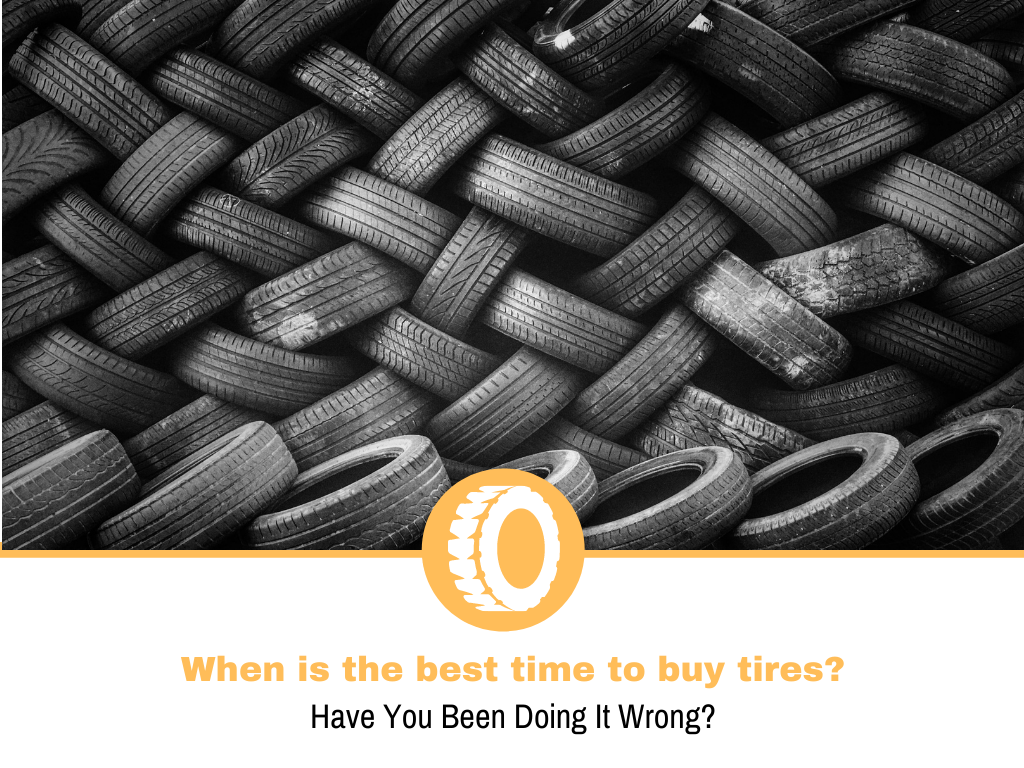
Regardless of if you’re driving with touring or performance tires, replacing them at regular intervals is the most important thing as far as driving goes. Not only will they keep you safe in emergencies, but they can also perform optimally. A happy tire is a safe tire.
There are many misconceptions about when you should replace your tires, so in this guide, I’ll try to cover all of the aspects of that. Even if you just got your brand-new car from the dealer, this is crucial information that you should know. Along the way, I’ll answer important questions surrounding this and why you shouldn’t postpone it. Spoiler alert: most of you have been doing it wrong.
Why should we replace tires?
Before I answer the when, let’s talk about the why. Tires are made from a rubber compound, whether we’re talking about a performance-oriented or touring one. The compound varies depending on the application where the manufacturers work on improving the performance in certain conditions. While there have been some breakthroughs in the tire industry recently, at the end of the day, a tire is made from rubber, and that material has a slight flaw.
To be fair, a flaw may be a bit harsh, but the reality is that while the rubber is the best material for this application, it’s not eternal. As the tire ages, the rubber dries out, which reduces the performance it can deliver.
The best way to describe this is with all-season or winter tires. Both have no problem dealing with colder temperatures as they are soft enough to be flexible. As the tire ages and the rubber dries, the compound becomes harder to a point where it cannot be pliable, and you’re basically driving “summer tires” in winter.
This is why it’s essential to check the manufacturing date of a tire. Without getting into too many details, the manufacturing date of a tire is shown in weeks. Find the DOT code on the sidewall and look for the last 4 digits, which are the ones you’ll need to determine the age of a tire. The first two are the week they’re manufactured, and the last two are the year. Since it’s 22 years after the previous century, you wouldn’t have any issues mixing things up. For example, if the last 4 digits in the code are 1720, it means that the tire is manufactured in the 17th week of 2020, making the tires roughly 2 years old.
The second reason why a tire needs to be replaced is tread depth. A tire delivers performance with the tread depth it has from the factory, and once it starts to wear down, the performance will begin to degrade. Manufacturers have managed to find a way to keep a tire performing well even when you’re close to the 2/32-inch limit. With that said, when you compare the performance of a worn-down tire and a new one, there will be a noticeable difference.
Like with age, as the tire wears down, the performance degradation will be noticed in less-ideal situations like wet or snowy roads. Most tires are designed with sipes on the blocks, improving traction when it’s raining. Since the sipes aren’t with the same depth as the tread, at a certain point, they will get “flush” with the blocks, resulting in no sipes and reduced performance in these conditions. It’s more or less the same story with the snow performance or even with off-terrain tires that you’ll dive on the road.
When should we replace the tires?
With the why out of the way, let’s talk about the when, and the answer is much more complicated than it seems. Considering that there are two reasons you’d need to replace your tires, let’s look at both of them individually.
On the tread side of things, not all tires are created equal, and not all of them can last for the amount of driven miles. Touring tires are considered the longest-lasting type of tires, and they usually come with a long treadwear warranty from around 60,000-miles and more. With that said, performance-oriented tires, on the other hand, come with less treadwear warranty, as their primary goal isn’t to be the longest-lasting option on the market. Some of these tires have less than a third of what some touring tires offer, meaning that you’ll reach the legal minimum limit much sooner.
This should give you a clear indication of the longevity these tires offer and how long you can drive them. Since the minimal tread depth is 2/32, manufacturers consider this, and the warranty covers the miles you’ll drive from the maximum tread depth the tires started out with until they reach the minimal one. In a real-world scenario, the treadwear warranty isn’t something that’s set in stone. A tire may have a 60,000-mile treadwear warranty, meaning that it shouldn’t drop below 2/32 inches of tread depth in the first 6 years or so, but I’ve had situations where tires worn down before that or lasted more. You can consider it to be more of a guideline.
For example, if a touring car has 80,000-miles of treadwear warranty, and you drive roughly 20,000 miles per year, then you should be good for around 4 years, at least that’s the ballpark. On the other hand, if you drive 2,000 miles per year, then you’ll be good to go for the next 40 years, right? Not exactly, and this brings me to the tire’s age as the reason for replacing it.
A tire’s best performance will be if it’s fresh from the oven in the week it’s being produced. As time goes by, the performance degrades as the rubber dries, and there is a point where the tire can be considered unsafe to drive. I may get crucified over this, but I recommend going for no more than 5 or 6 years between a new set of tires. Keep in mind that I’m referring to this in terms of the manufacturing date, not the purchased one. You can purchase a tire today, but that doesn’t mean it was manufactured yesterday.
Several years ago, I put a set of old Continentals on my Corolla, tires that were roughly 10 years old. In dry conditions, I can say that they were barely drivable, but in wet, the car felt like I was having a set of plastic toy car wheels – they were that bad. Sure, some people may argue that they don’t drive doo aggressively, and 10-year-old tires will do the trick for driving around town, and they’d probably be right. The problem with this is that this can be applied only in a situation where you’re all alone on the streets, there are no cars, no pedestrians, no anything. In reality, there are situations where emergency braking is a thing, and with a plastic tire, you can kiss your short braking distances goodbye.
With all of this in mind, my recommendation is the following: don’t prolong the tires’ lifespan more than it’s safe, and avoid using them for more than 5 or 6 years, unless you wear down the tread sooner. Speaking of, while the 2/32 is the minimal tread required by law, try to replace the tires sooner than that. Most modern models have indicators, so you’ll know when the tires are near the end, and while it may seem like a financially bad decision, there’s no price on safety.
When should we buy the tires?
Changing the tires is one thing, but before you can do that, you’ll need to buy a set. For most people, the simplest step is to go out, buy a set of tires, and be done with it. While that isn’t a terrible approach, I’d recommend going for the planned option.
Instead of getting the first set of tires you’ll find off the shelves, the process should begin at home. We do a lot of tires reviews on this website, covering multiple categories and price ranges, so this is a good place to start. Choose the type of tires that best suit your driving needs and budget, or reach out to us for some recommendations. The next step should be to check out the prices and, more importantly, see if there’s an option for a discount. In some cases, you may find that summer tires are at a discount in autumn, when most people prepare for winter tires, or vice versa. This isn’t necessary, but it’s not a wrong approach to saving a few bucks. Keep in mind that if you get a set of summer tires in the winter, you’ll need to think about storing them, something I’ll get to in a minute.
Here’s another example. The summer tires on my car are 4 years old, while the winter ones are 5, meaning that I’ve already started the planning process. With the winter gone, I’ve just installed my summer tires and decided to turn the winter ones into flowerpots. During this period, I’ve already chosen the next set of winter tires I’ll be installing next year and will see if I can find them at a discount in the next few months. If I do, then I’ll treat myself with a six-pack for a job well done, if not, I’ll treat myself with a six-pack for a job well done. This also means that in less than a year, I’ll start planning which summer tires I’ll be getting for my trusty Corolla next year.
The same “rule” applies for all-season or off-road tires, but the difference is that you’ll need to plan a bit ahead to avoid driving with worn down or old tires.
Storing the tires
Unless you’re the type of person that goes through a set of tires in a year and don’t drive with two sets, you’ll need to think about storing them. There are two options here – either keep them in your home or a tire hotel.
Storing the tires at home means that you’ll keep them in your garage, attic, or basement, and it’s something that may not be an ideal option. To ensure that a tire performs as long as possible, it’s ideal to be kept at a constant temperature. I’m not talking about a lab where the temperature is regulated to 0.1 degrees, but I’m talking about large temperature differences. These can deteriorate the compound, reducing the lifespan of the tire. I keep my tires in a basement that is almost 10 feet below the ground, and the temperature differences aren’t massive between summer and winter. While it’s far from ideal, it’s not a massive issue.
The second option, which is always better, is a tire hotel. Essentially, you’re paying for someone else to store your tires, and they do that in a more consistent environment. The good thing about this is that you won’t have to bother loading the tires in your car and then getting back the old set.
Are used tires worth it?
This may sound like it’s off-topic, but people tend to go for the used tires as a way to save some money. Like previously, risking getting burned at the stakes, I have to say that it’s not something that I would recommend, and there are several reasons for that.
Used tires are cheaper, which is no secret, but look at it this way: if a new tire is $100 and you get it for $50 with roughly half a lifespan, so it may seem like a bargain? Financially it may seem so, but in reality, it isn’t. You’re getting the second half of the tire’s lifespan, meaning that the performance won’t be as good as when the tire was new. While you can measure the tread depth, you won’t know for sure how the tire was stored.
Initially, you are saving some money, but on the long run, you are risking a bit more.
Conclusion
Having tires in good shape means that you’ll have tires that can deliver the performance you want from them and keep you safe in the process. If you care for them, you’ll use them for longer, but try not to use them for too long. Tires won’t last for the car’s lifespan and are considered one of those elements that need to be constantly replaced.
My recommendations in this guide aren’t exact rules that you should follow to the T, but it is something that you should at least adhere to. As long as you avoid driving the tires for too long and wear them down too much, you shouldn’t have any performance or safety issues.
